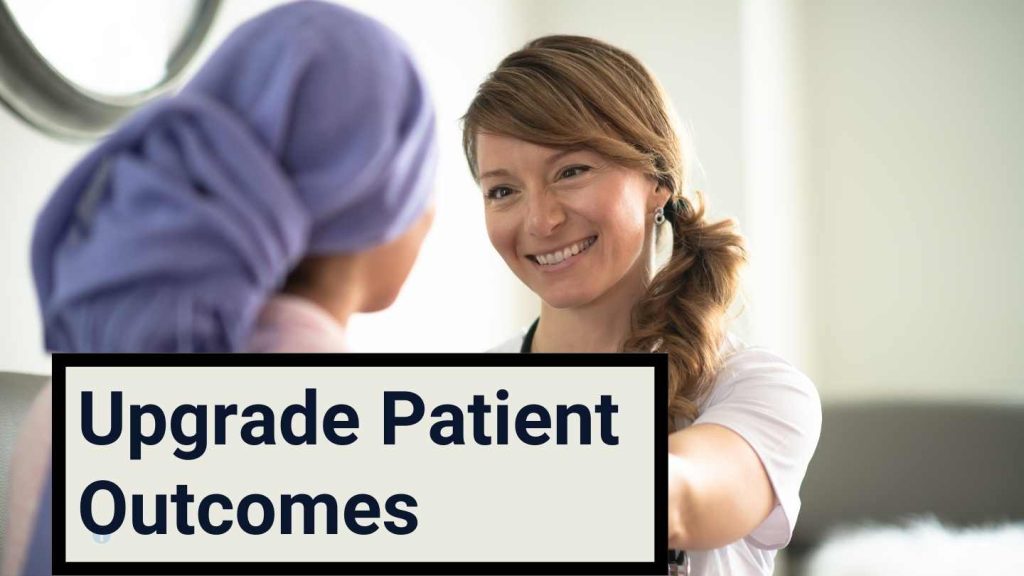- Oak Brook:(630) 705-9999
- Chicago:(312) 920-8822
- Email:inquiry@vervecollege.edu
- Make a Payment
- Home
- Programs
- Admission
- Resources
- ATI Entrance Exam Resources
- New E-Digital Library
- Refer a Friend
- School Newsletter
- Events
- Employers
- Job-Network
- Alpha Beta Kappa Candidates
- Verve College Library
- Graduation and Pinning Ceremony Photo Galleries
- Textbook Information
- Career Services
- Tutoring
- School Catalog
- FAQ
- Constitution Day Program
- Alumni
- Verve College Plans
- Financial Aid
- HEERF Reporting
- Satisfactory Academic Progress
- Apply For Financial Aid
- Net Price Calculator
- Return of Title IV Funds (R2T4)
- Financial Aid Office Code of Conduct
- Contact
- FAQs
- Verification Policy
- Vaccination Policy
- Student Right-to-Know Act
- Misrepresentation
- Information Security Program
- Academic Award Year
- Availability of Employee
- Cost of Attendance
- Health & Safety Exemption Requirement
- Students Rights and Responsibilities
- Leave of Absence
- Pell Formula
- Military Students
- Grants/ Scholarship Policy
- Contact Us
- Testimonials
- Blog
Is a Nursing Career Right For You?
Take The Free Quiz
Upgrade Patient Outcomes in 6 Easy Ways
Upgrade Patient Outcomes in 6 Easy Ways
As healthcare organizations transition towards value-based care models, organizations must place increased importance on improving patient outcomes. Patient-reported outcomes (PROs) have become more prevalent as an indicator of patient satisfaction and high-quality care delivery; apps allowing self-reporting by patients as well as patient portals and questionnaires, help healthcare providers evaluate patient health statuses while tracking progress over time.
Ways to Improve Patient Outcomes
Effective communication among clinicians, patients, and providers is the cornerstone of good treatment outcomes. Illinois college of nursing tuition helps students understand these aspects. Here are six strategies healthcare organizations can utilize to enhance the patient experience and improve patient care plan outcomes:
Communication With Patients
Communication is central to improving health care outcomes. Responding quickly to patient inquiries and providing them with accurate, clear information helps build trust while engaging patients more actively in their healthcare journeys. Health providers can improve patient outcomes & satisfaction further by engaging them outside the exam room setting.
Supporting Optimal And Evidence-Based Care
In order to deliver high-quality healthcare services, clinical guidelines, and evidence-based treatments are of vital importance. Treatment plans should reflect current research findings as well as effective therapies. Oncologists, in particular, should adhere to evidence-based practices when providing cancer patients with cancer treatments and support services.
These services may include nutrition and physical activity as well as palliative services that enhance patient care experience outcomes.
Related:- 5 Ways To Handle Patient Complaints
Focusing on Preventive Healthcare
Prevention is more cost-effective than treating illness or disease, so preventive healthcare should be given equal weight to treating health issues when they do arise. Through early diagnosis of potential medical issues before they worsen and more costly interventions become necessary, preventive healthcare helps identify medical problems before they worsen into major health concerns and decrease hospital-acquired infections, readmissions due to complications, emergency department visits for previously diagnosed illnesses or readmissions because complications arise – all key benefits that allow people to take charge of their own healthcare and empowers them as individuals proactively take responsibility.
Implement in Patient Safety Practices
A hospital and clinical teams should always follow patient safety protocol when caring for patients during effective treatments in the healthcare industry. Monitoring vital signs regularly, adhering to infection control policies, and administering medicines correctly are all crucial parts of caregiving in any facility, while staffing levels need to remain steady while regular safety audits take place to detect errors that arise in patient treatment and ensure no mistakes happen in future procedures.
Utilize Technology
Technology plays a prominent role in healthcare’s rapid evolution and improving critical aspects of patient outcomes. Health information systems enable providers to securely exchange patient data in real-time for improved clinical care delivery, while telemedicine allows patients to consult their doctors without visiting in person and gain advice regarding any health concerns remotely. Technology also monitors vital signs in the home to reduce readmission risk while simultaneously increasing the quality of life for chronically ill individuals.
Employ Data and Analytics
For healthcare providers, data analysis is key for accurately monitoring patient outcomes. By analyzing trends, healthcare providers can pinpoint areas requiring improvement by analyzing trends within patient records. In addition, using performance comparison between providers on similar metrics as a measure for measuring outcomes will enable healthcare providers to establish which strategies work and identify areas needing improvements, while data-driven decision-making helps increase efficiency while decreasing costs in healthcare delivery systems.
The Importance of Patient Outcomes
Patient outcomes improvement in patient outcomes depends upon striking the proper balance among quality care coordination, operational efficiencies, patient satisfaction, and positive relationships with insurance providers – these components all help contribute towards providing improved services to give a better experience for patients. Evening LPN programs ensure nursing students understand and work towards improved patient outcomes.
Quality of Care
Healthcare systems track the quality of patient-centered care using measures such as whether patients were timely given access to treatment, had positive experiences, or were readmitted to healthcare facilities; all these questions are used by health systems as measures of measuring it; their answers also play a part in patient outcomes – just some ways of measuring its value!
- Readmissions – Following hospital best practice to make sure a heart failure patient doesn’t need to return for further surgery after initial recovery from their initial procedure.
- Effectiveness – Attaining desired outcomes (such as having a heart that functions optimally, as in our patient’s case); employing scientific knowledge and evidence-based practices for reaching such outcomes (for instance).
- Equity – Ensuring equal treatment across gender, race, ethnicity, geography, socioeconomic status, or any other variable factor.
 Sign up
Sign up Login
Login




